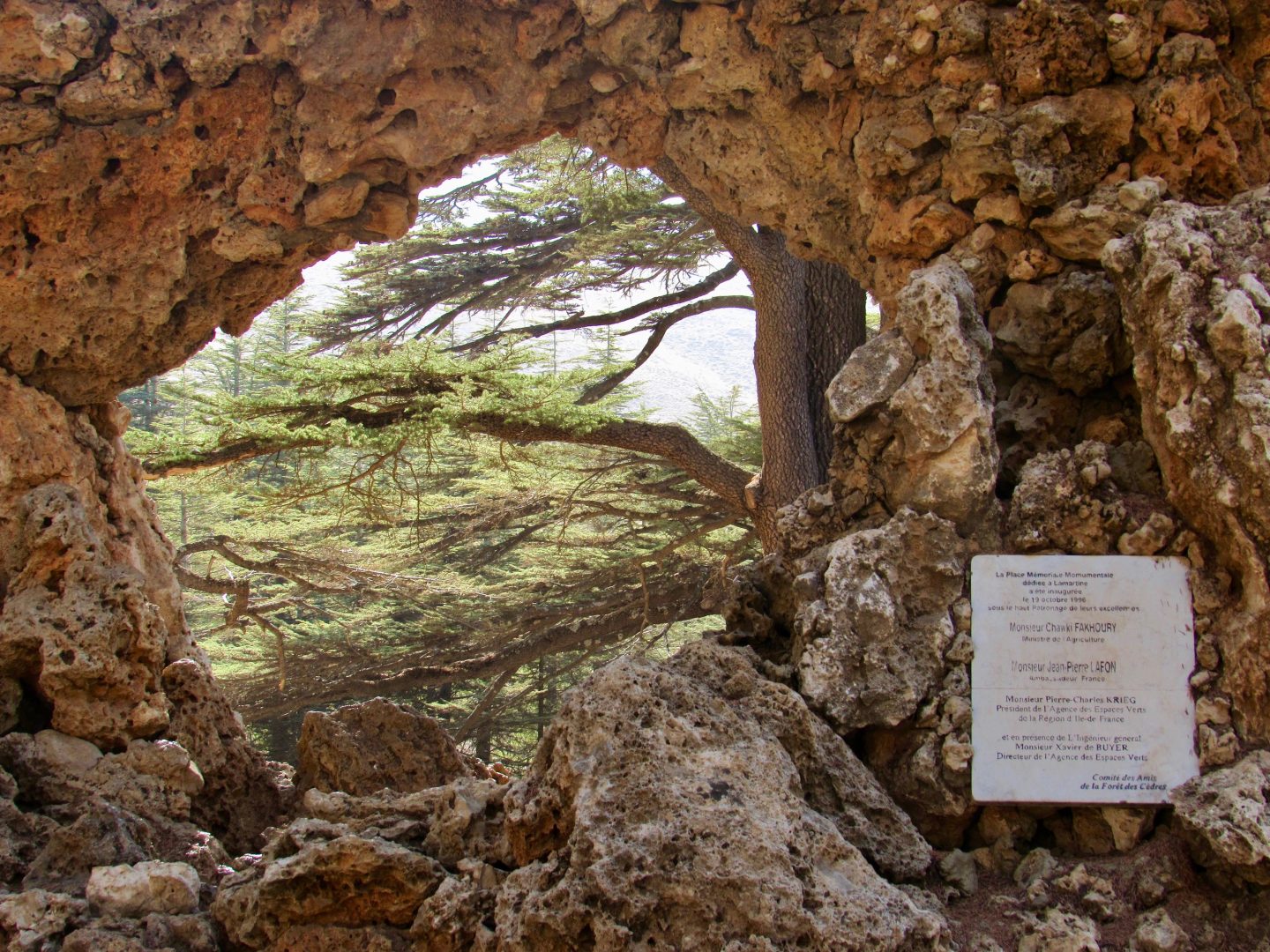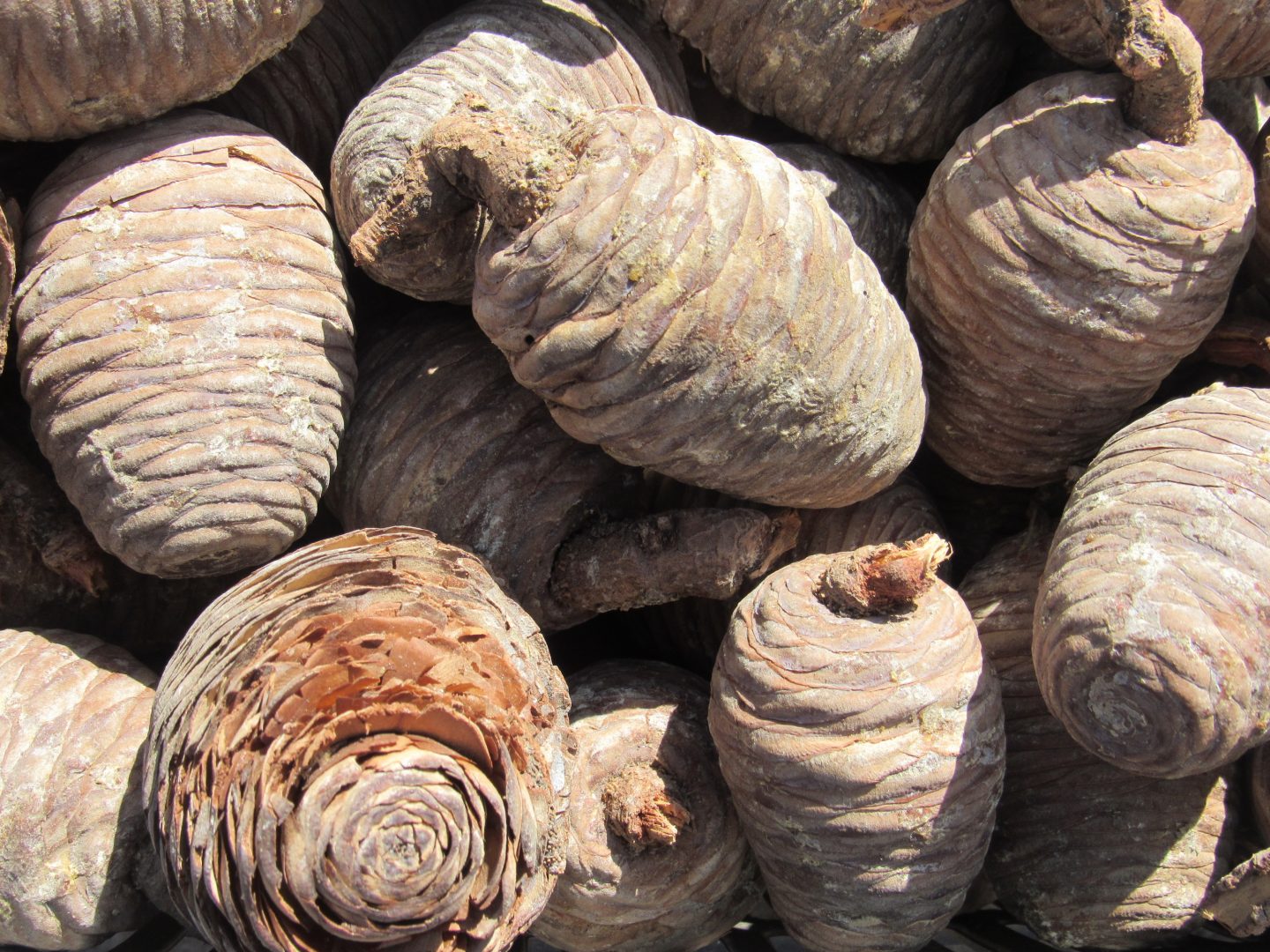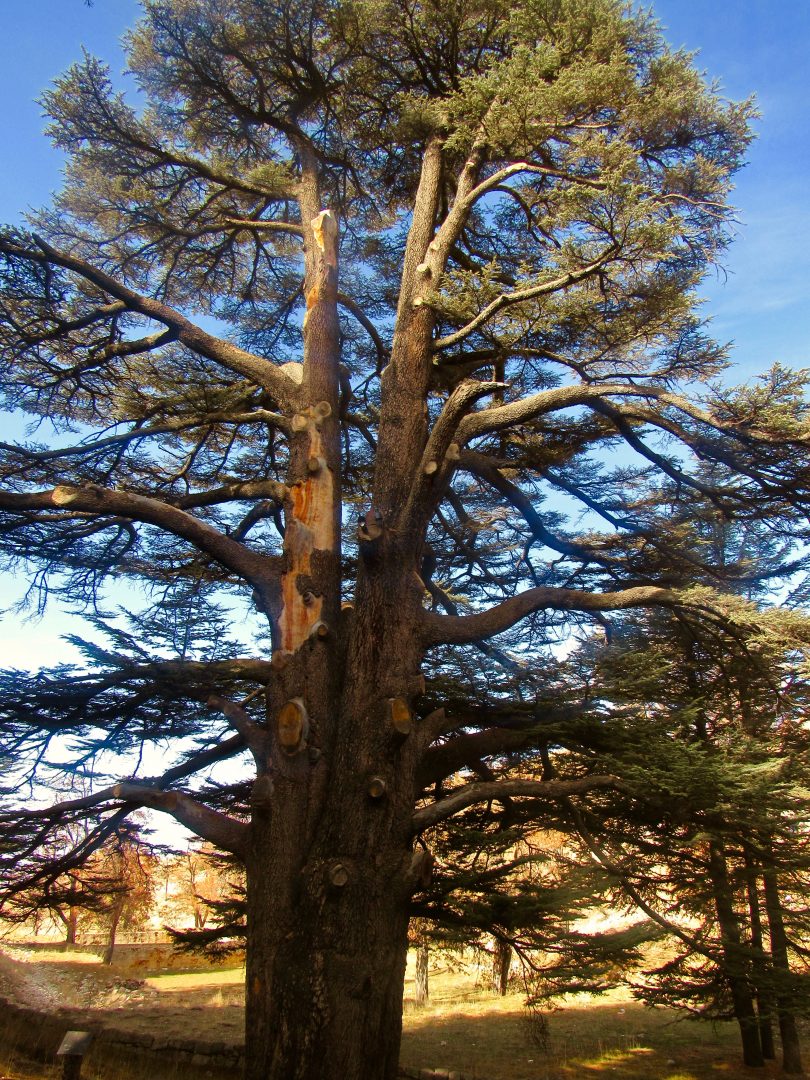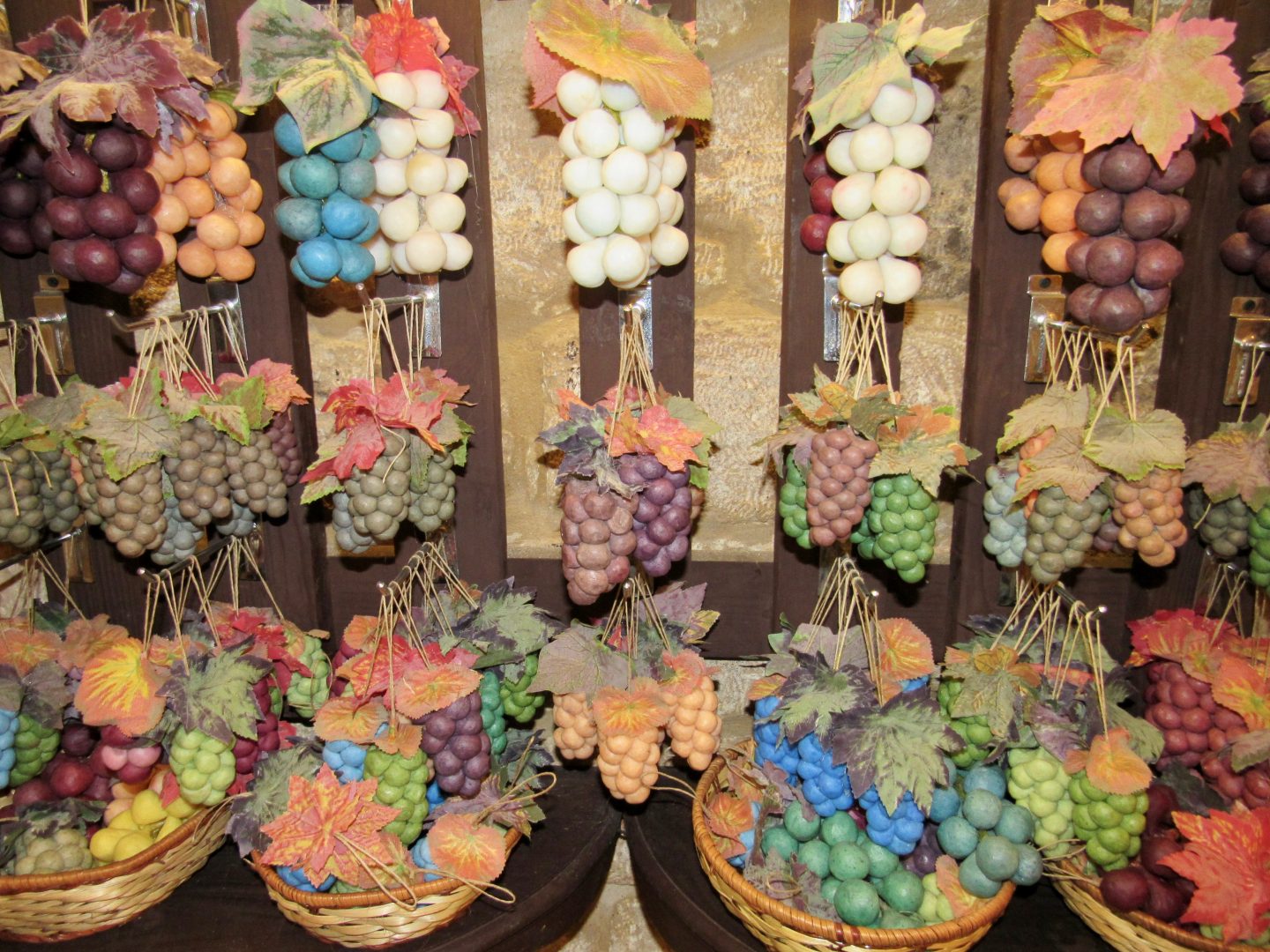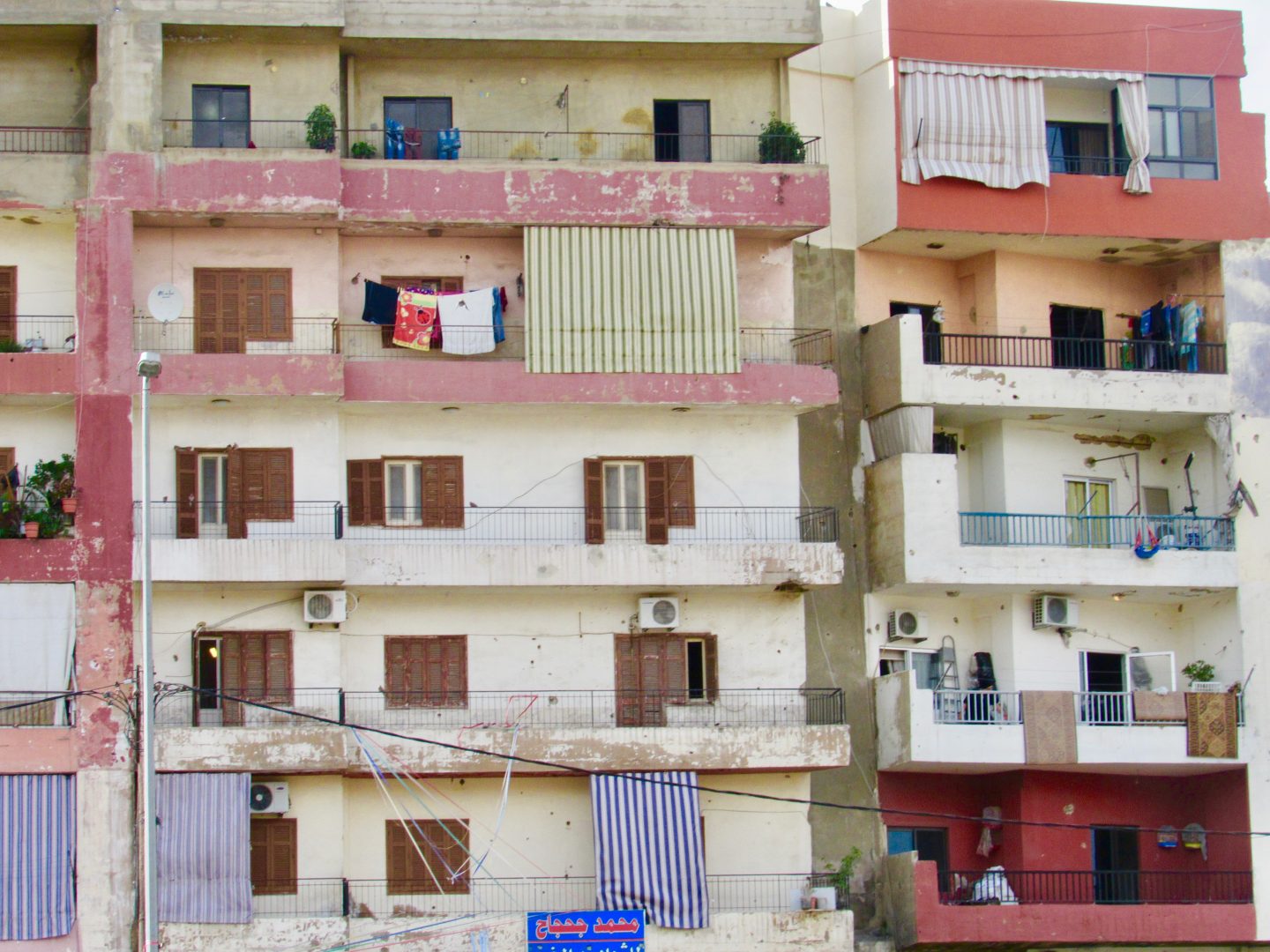I decided to stay in the city of Tripoli, in northern Lebanon, to visit the Cedars of God. Lebanon is a fairly small country with very good roads, although they drive like crazy. There is a main road that goes along the entire coast. This highway is very fast but if you want to go to sites off the route, you must take secondary roads that take a long time because of all the curves, although they are short distances.
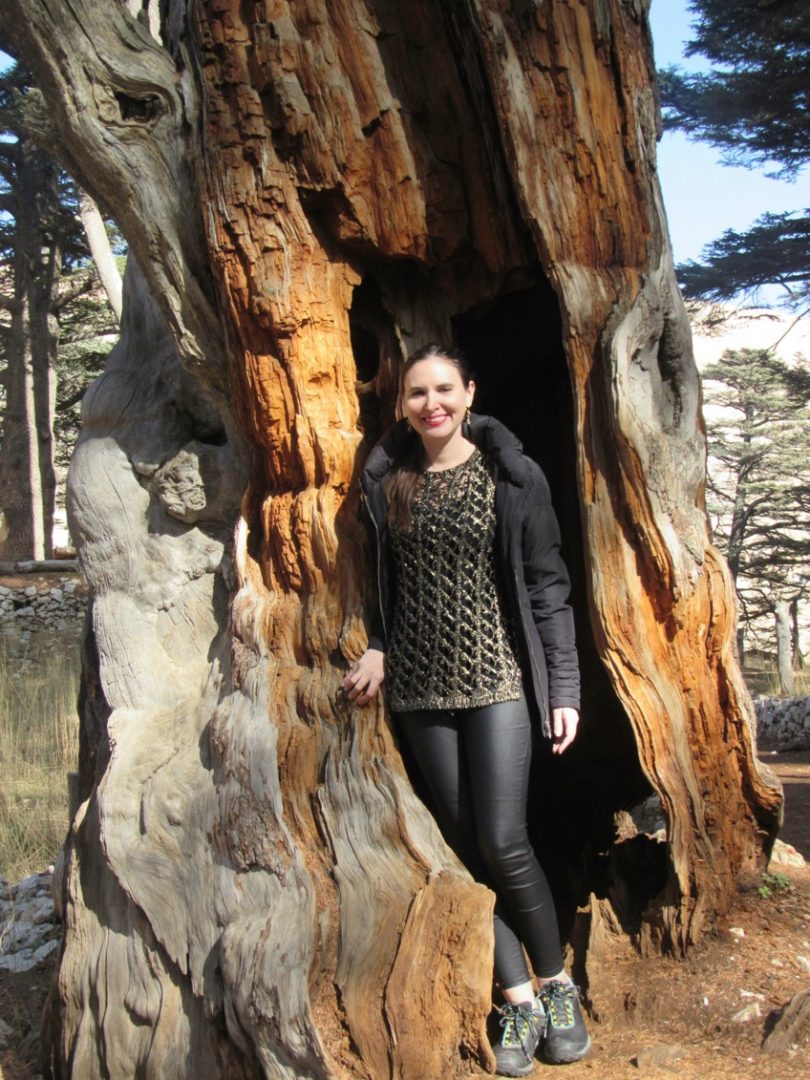
The itinerary I planned for the day included visiting The Cedars of God and then the Baatara Gorge Waterfall. If we had time we were going to pass through the Cedar Forest Nature Reserve in Tannourine, which is a good place for hiking. But as we went in late fall, the days were quite short and we didn’t have time. To do this tour you can stay in a hotel in Tripoli or in Via Mina Hotel, where I stayed. If you want to be closer you can stay in a hotel in Bcharré.

The Epic of Gilgamesh and the Bible mention the Cedars of God
The oldest work of literature in the world currently discovered is the Epic of Gilgamesh. It was written over 4,000 years ago. The five Sumerian poems were written in ancient Mesopotamia. Gilgamesh was a demigod, son of a God and a mortal. If he really existed, he was probably a king sometime between 2800 and 2500 BC. The List of the Sumerian Kings, who reigned in Sumer (currently in southern Iraq) tells that Gilgamesh reigned for 126 years (2600 BC).
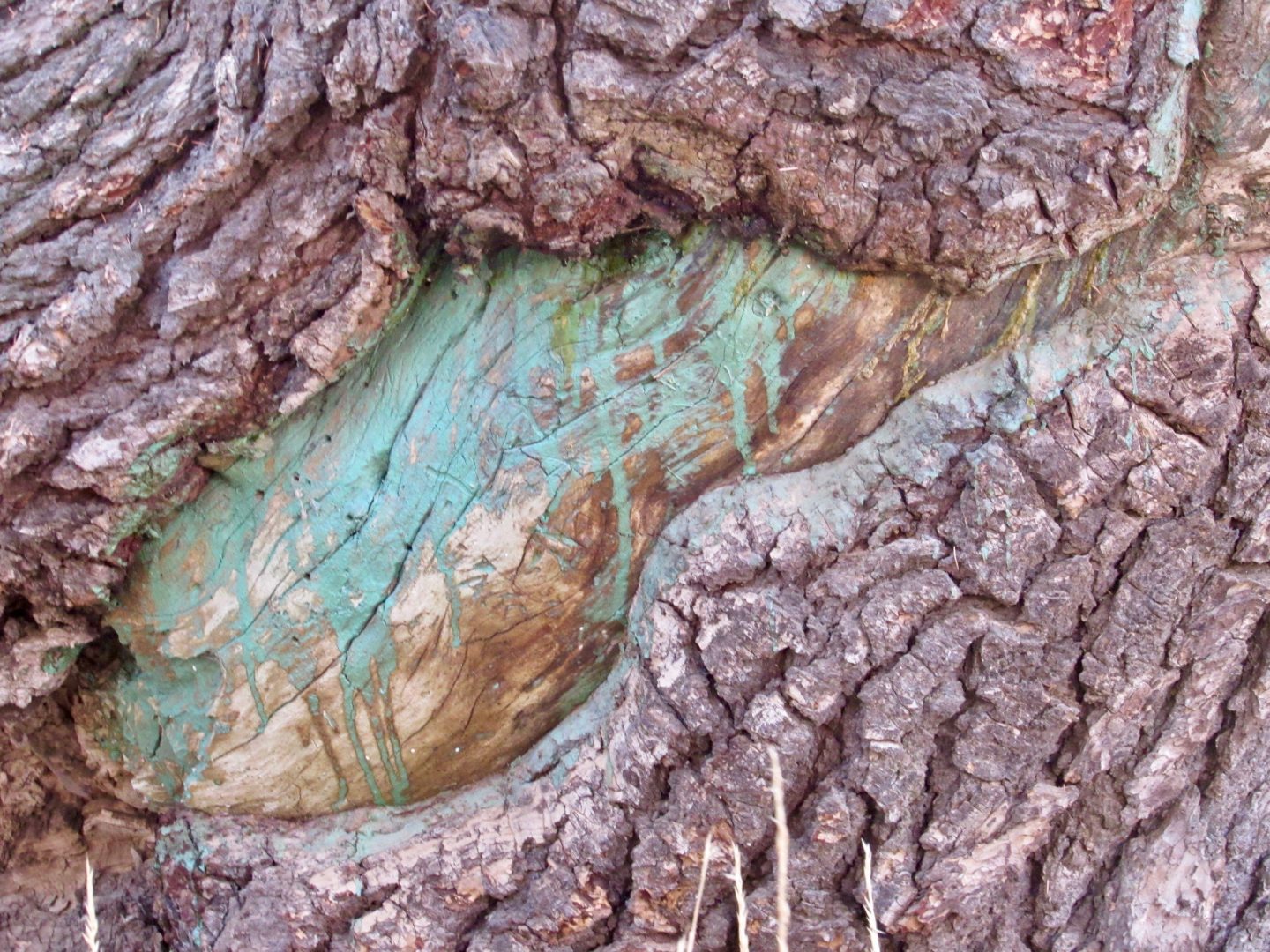
The funny thing is that the Epic of Gilgamesh is very similar to the Old Testament of the Bible, in particular to the book of Genesis. This collection of stories tells the same thing as the Bible, including the story of the great flood, Noah’s ark and the Garden of Eden. It also tells how Gilgamesh and his friend Enkidu go to the legendary Cedar Forest, where they plan to kill the Guardian, Humbaba the Terrible, and cut the sacred cedar.
The Cedars of God are mentioned 103 times in the Bible. An example is Psalm 92:12 “The righteous will flourish like the palm tree; It will grow like a cedar in Lebanon. ”
Ouadi Qadisha and the Cedars of God are a UNESCO World Heritage Site
In 1998 UNESCO declared Ouadi Qadisha (the Holy Valley) and the Forest of the Cedars of God (Horsh Arz el-Rab) as a World Heritage Site. Both are located in the Qadisha Valley in northern Lebanon.
To get to the Cedars of God on Mount Makmel you must go east of the town of Bcharré which is between 1900 and 2050 meters high.

On the route you will see Ouadi Qadisha that was one of the first Christian monasteries in the world. The view of the Lady of Hamatoura Monastery from the other side of the canyon is quite impressive.

It is possible to visit the different monasteries that were built since 375 AD. The valley is full of caves with difficult access through the depth of the Qashira River, which was sacred to the plowers and Christians. This valley was ideal for the monks to live in isolation. In addition, the Christians who were persecuted took refuge in this area.

More than a thousand caves are found in this area and some were used since the Paleolithic era. The valley was inhabited mainly by the Maronites, who are 22% of the current Lebanese population. They arrived in the seventh century persecuted by the first Muslims and other Christian communities. In the caves of Asi-al Hadath were found eight Maronite mummies preserved from the year 1283.
Mass deforestation in Lebanon since ancient times
In ancient times, all of Lebanon was covered with cedars. Its wood was considered the best in the world and therefore was deforested by the Phoenicians, Israelites, Egyptians, Assyrians, Babylonians, Persians, Romans and Turks.
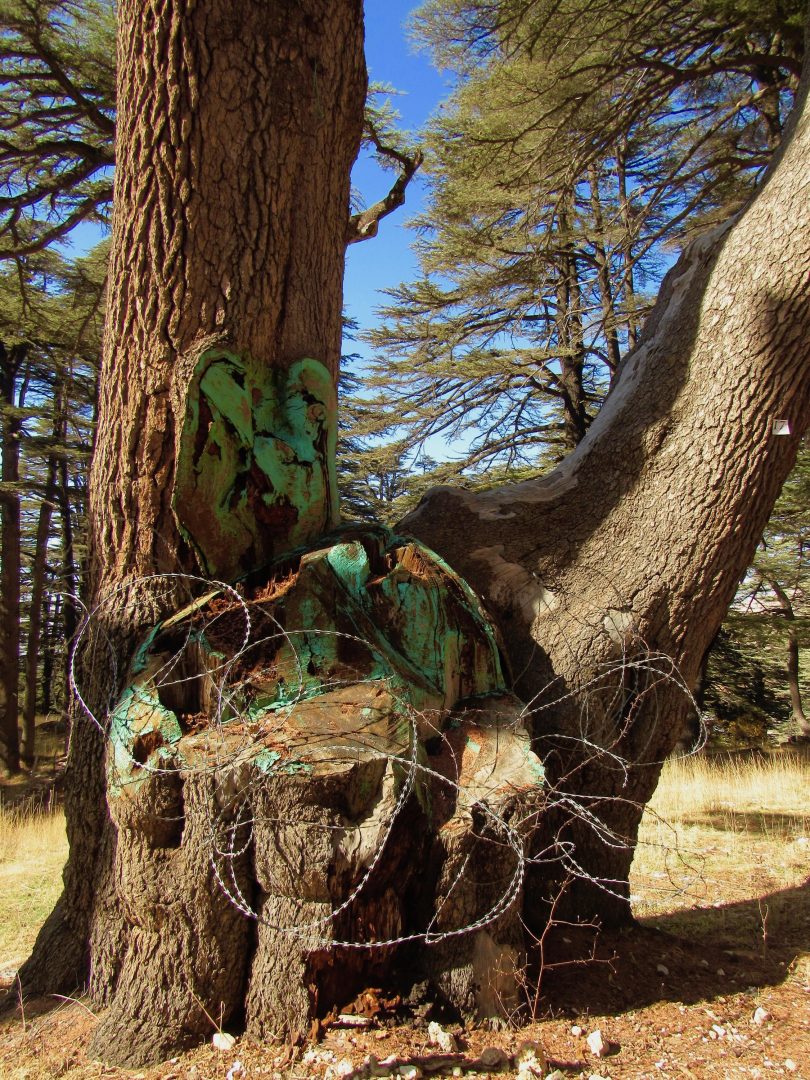
In 1876, Queen Victoria of England built a wall around 102 hectares to protect the offspring of goats. Even in World War I, British troops used cedar to build railroads and deforestation continued.
Some cedars are over 3,000 years old
There are currently 375 cedars in the forest of the Cedars of God. Many are over 1,000 years old and there are two that are over 3,000. The largest are 35 meters high and 14 meters wide.
In the forest you should look for the work of art called The Trinity (father, son and holy spirit) made by artist Rudy Rahme. As there are dead cedars in the forest, they wanted to preserve their history with a natural museum. The entire sculpture took 7 years and includes 70 bodies that were sculpted without using models. At 39 meters high, it is the largest natural sculpture in the world. I took a picture of him, where Jesus looks with his ribs marked.
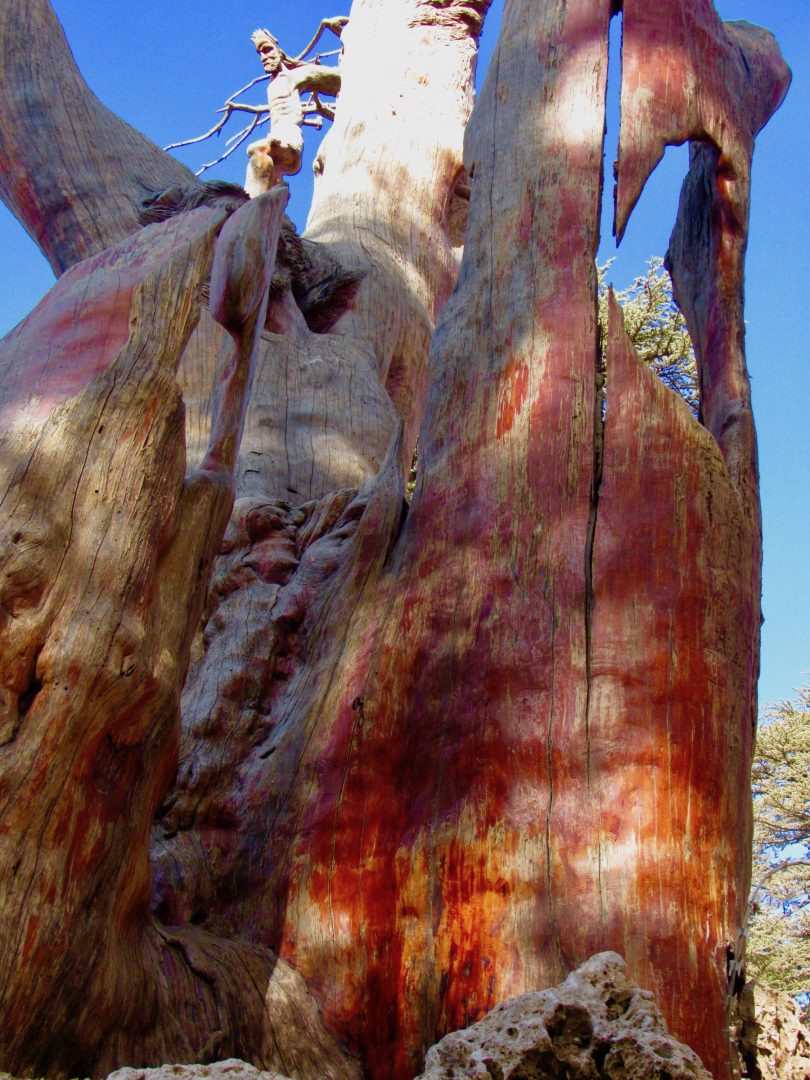
In addition to having the oldest trees, the forest is home to the cedar tree that decorates the flag of Lebanon, although it is amputated due to the fall of lightning.
The good news is that since 1985 the Friends of the Cedar Forest have protected the remaining trees. Cedars Forever, a cedar preservation and reforestation program, says that there are now 18 cedar plots in the country. More cedars have been planted in Lebanon, but the trees grow quite slowly.

Visit the Cedars of God on your trip to Lebanon
Visiting the Cedars of God is free, but they do accept donations. The forest is open every day except Mondays. Outside there is a place to park and souvenir shops. You can buy anything from backgammon boards to small statues of the Phoenicians.

If you want to take a souvenir, in this area they make decorative plates for the houses, key chains and magnets of small pieces of cedar. They are recorded on site with a hot pen.
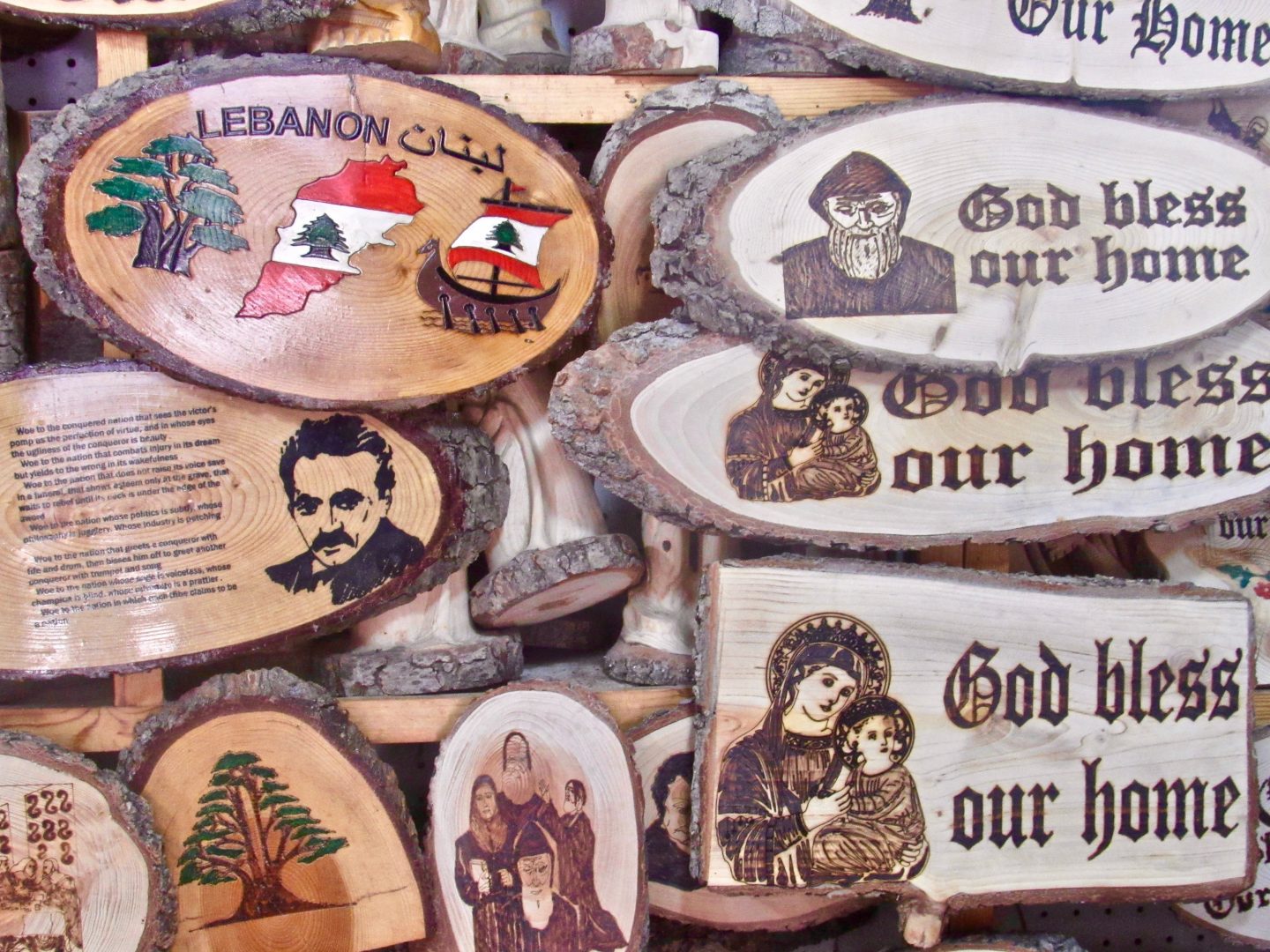
There are restaurants in this area and it is advisable to eat there. We didn’t eat thinking we were going to find more restaurants. But since they don’t receive many tourists, there are few places to eat.

All websites that talk about The Cedars of God say they are beautiful in the winter when the area is covered with snow. You can even ski in this part of Lebanon. The reality is that they are beautiful in any season of the year and are worth visiting.



